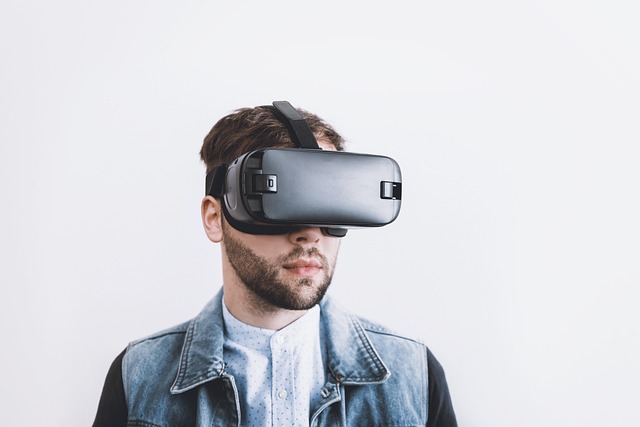The world of simulation is at a crossroads, with exciting advancements paving the way for a future that merges the physical and digital landscapes. Central to this evolution is the concept of hybrid simulation, which harmoniously blends virtual reality (VR), augmented reality (AR), and the burgeoning metaverse. This cutting-edge convergence not only enhances the realism of simulations but also opens up a myriad of possibilities for industries ranging from gaming and education to healthcare and training.
Imagine stepping into a virtual environment where you can interact with digital elements overlaid on your physical surroundings. This is the allure of augmented reality, where the real world and virtual components coexist seamlessly. With hybrid simulation, users can experience training scenarios that are both immersive and contextually relevant. For instance, a medical student may practice a surgical procedure with holographic visuals projected onto a lifelike model, bridging the gap between textbook learning and hands-on experience.
Virtual reality takes this a step further by creating entirely immersive experiences, allowing users to escape the boundaries of their environment. When combined with hybrid simulation, VR provides a platform where users can explore complex data sets or detailed simulations that would otherwise be impossible in the physical world. Imagine scientists experimenting with molecular structures or engineers designing intricate machinery by manipulating 3D models in a virtual space—these applications are becoming a reality.
The metaverse, a collective virtual shared space that integrates various digital platforms, serves as the ultimate realm for hybrid simulations. This interconnected universe fosters social interactions and collaborative endeavors across distances. Companies are leveraging the metaverse to conduct training sessions that place employees in simulated environments reflecting real-world situations. By harnessing the power of hybrid simulation within the metaverse, organizations can create engaging, interactive training modules that resonate with participants, enhancing retention and skill acquisition.
As we delve into this brave new world, the implications of hybrid simulation extend beyond traditional applications. Familiarize yourself with the potential of gaming, where players can enter expansive worlds that blend fantastical elements with real-time strategies, creating unique user experiences. These hybrid simulations can also enhance educational methodologies, offering students immersive learning experiences that foster a deeper understanding of complex subjects through interactive simulations.
Further advancements in technology, such as haptic feedback and real-time data analytics, are poised to enrich hybrid simulation experiences. With the integration of AI and machine learning, simulations can evolve dynamically, adapting to user actions and preferences. This personalization transforms standard training regimens into bespoke learning journeys, where engagement is amplified through tailored challenges and interactive scenarios.
In this rapidly changing landscape, the potential applications of hybrid simulation are limited only by our imagination. As industries continue to explore the merging of virtual and physical environments, we stand on the verge of a new era where the boundaries between simulation and reality blur, fostering innovation that will shape our future in unimaginable ways.



